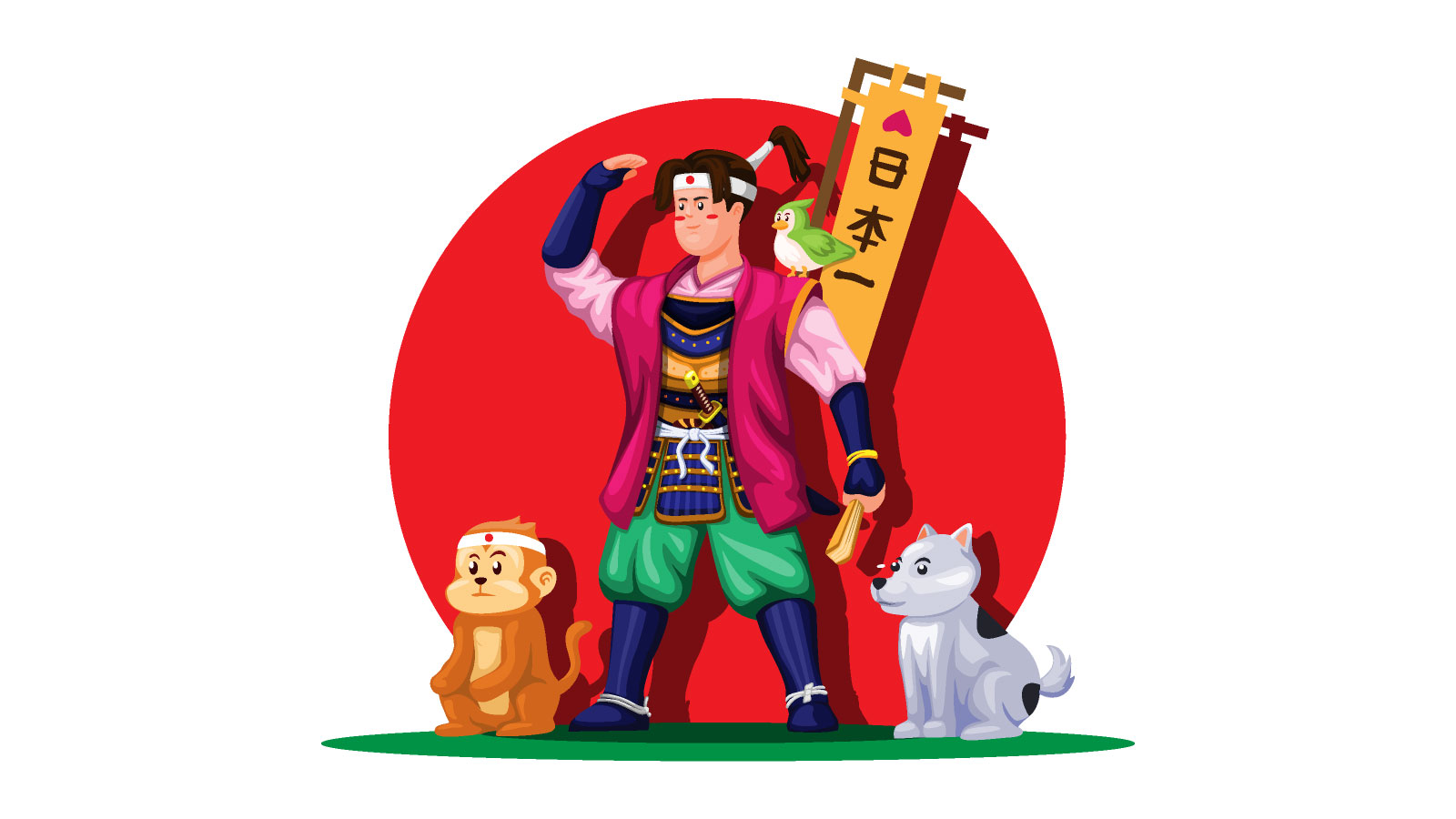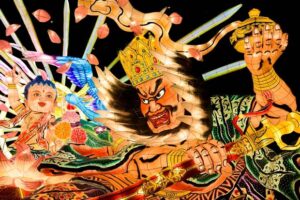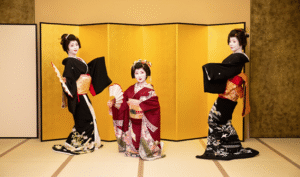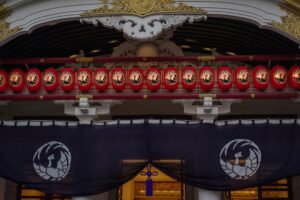Popular Japanese Folktales
2021
11/11
Folktales are something we hear as children and continue to stick with us our entire lives, until it is time to tell them to the next generation. This is true for all countries and cultures, including Japan. Here are some of the folktales that are held near and dear to the hearts of many Japanese people of all ages, and are continuously told throughout generations.
CONTENTS
Momotaro
Momotaro is a tale that tells of a woman who suddenly sees a giant peach floating in her direction as she is washing her laundry in the river. She brought the giant peach home to her husband, and they decided to open it. Opce the peach was opened up, a child came out whom they believed to be sent from heaven. The couple took in the child as their own and named him Momotaro, momo meaning “peach” and taro being a common name for Japanese first-born sons. Momotaro grew up and was known throughout the village as being very strong. One day, the villagers asked him to fight away the demons living on Onigashima Island. On his journey to the island to fight the demons, Momotaro befriended three talking animals by gifting them a kibi dango in exchange that they help him on his mission- a dog, monkey, and pheasant. The four successfully defeat the demons and are praised by the villagers upon their return, rewarded in food and treasure.
Kaguya-hime: The Tale of the Bamboo Cutter
Kaguya-hime: The Tale of the Bamboo Cutter, is one of Japan’s oldest tales. Kaguya-Hime is the bamboo princess who was sent to the earth from the moon as either protection from war or a punishment, depending on the version of the story. Kaguya-hime was discovered as a baby inside a bamboo stalk. Kaguya-hime is taken in by a couple and grows to be a stunningly beautiful woman who attracts many suitors. One of those suitors was the Emperor, but Kaguya-hime rejected him and all of the others and instead longed to return to the moon. When her people from the moon descend upon her adoptive home and take her back, everyone is devastated.
Qixi
The tale Qixi tells of two lovers – one a princess who also was an excellent seamstress and a cow herder. Princess Orihime was lonely before meeting her love, so her father who was a God of the heavens arranged their meeting. However, the love the two had for each other distracted them, and the princess stopped weaving clothes and the cow herder’s cows wandered. This caused the Princess’ father to be angry and forbid their love. The princess begged him to allow her to be with the cow herder, so the father decided that the lovers could meet once a year if they returned to their previous activities. On the day that the lovers were finally able to see each other again ,they were unable to cross the river that divided them (or the Milky Way). Because of the princesses sadness with the uncrossable barrier, magpies came and formed a bridge for her to cross. It is said that if it rains in Tanabata, then the lovers must wait another year to be reunited because the magpies will not come to form the bridge. For this reason, the Japanese wish for good weather in Tanabata and throw festivals to commemorate the lovers’ story.
Share this Page
URLをコピーする
URLをコピーしました!












